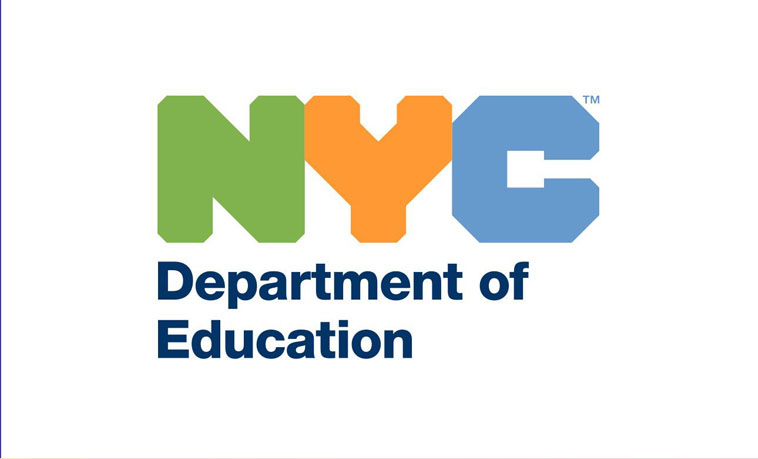New statistics show that drug use and cigarette smoking among teens is leveling off and may be declining. Are the millions we spend each year on national ad campaigns telling kids the dangers of smoking and doing drugs actually paying off. Kids say no. It’s the real life message that gets their attention.
Kids say they don’t listen to actors like they listen to their friends. “No matter how strong the ad is, your friends (are) your influence,” says sixteen year old Tristan. Sixteen year old Tammy Edwards says drug ads could be effective if they were more realistic. ” Cause most of the time it doesn’t seem like they’re realistic. They need to have people actually talking about their past experiences.”
New studies show that real life testimonials actually can work.
The Massachusetts Department of Public Health has taken a realistic approach in prevention by producing an anti-cigarette campaign featuring Pam Laffin, a mother of two who started smoking at age ten and now, at the age of 28, is chronicling her own death from lung cancer. It seems to be working. Teen smoking numbers declined in Massachusetts before the drop in numbers nationally.
Many kids say this real life message from parents can be very powerful. “My parents did drugs, ” says teenager Tristan Cornish. “They said, they’re bad, it’s bad, I had bad experiences. Please don’t do that. And I love my parents and I can’t think of anybody else who I’d rather take after than my parents.” “No matter how strong the ad is, your friends (are) your influence.”
–Tristan, age 16
Anti-Drug Ads-Do They Work?
In January of 1998, the Office of National Drug Control Policy launched a media blitz of anti-drug advertising in print, television and radio called the National Youth Anti-Drug Media Campaign. As a result, calls to local drug chapters are up 500% and calls to national chapters have tripled.
Parents Need To Know
Parents are a strong influence on whether a child will use drugs and can counteract peer pressure by being open and honest with their children about the dangers of experimenting with drugs. Real life examples are generally most effective in getting a kid’s attention.
What Parents Can Do
Discuss television and radio anti-drug ads. Use the commercial as a way to start a conversation with your child about drugs. Start by asking your child what their first reaction is after seeing the ad and go on from there.
Talk about substance abuse early and often. Kids who feel comfortable talking with you are more likely to rely on your guidance to resist peer pressure.
Be specific. Talk to kids about the problems drugs, alcohol and cigarettes can cause in their lives right now rather than potential problems in the future.
Resources
Parents’ Resource Institute for Drug Education, Inc. (PRIDE) 50 Hurt Plaza, Ste. 210 Atlanta, GA 30303 (800) 853-7867 to order a “Parent Resource Kit” that includes useful tools to ensure a drug-free home. www.prideusa.org
WebSource
WebSource was developed by Connect with Kids to provide online streaming of our engaging, evidence-based videos. Real students are profiled in all of our videos. These award-winning videos feature real life stories that inspire positive student behavior and achievement. WebSource is designed for students, teachers and parents in K-12 schools. The multi-media curriculum is adaptable for a single user, small groups, and classroom or assembly presentations. On the site are lesson plans, discussion questions, fact sheets, and parent tip sheets.
New videos are added to the site regularly.
Training and Workshops
We provide staff development, parent workshops and student assemblies on student behavior and parent engagement in schools across the nation.
Each session includes:
Video-based excerpts of real students and parents struggling with specific emotional and social issues, and interviews with national experts that define, explain, and provide solutions to the challenges outlined.
The latest statistical information and research on the topics presented.
Objectives to foster learning and growth by providing information about cognitive processes and relationships, as well as the conditions that lead to the transformation of behaviors.
DVD’s
We own one of the nation’s largest non-fiction multimedia libraries focused on improving student behavior, health and wellness, with more than 6,000 hours of original broadcast-quality video in the following categories:
•bullying prevention and conflict resolution • drug and alcohol prevention • academic motivation and perseverance • life skills development • health and wellness • attendance • parent education and involvement

